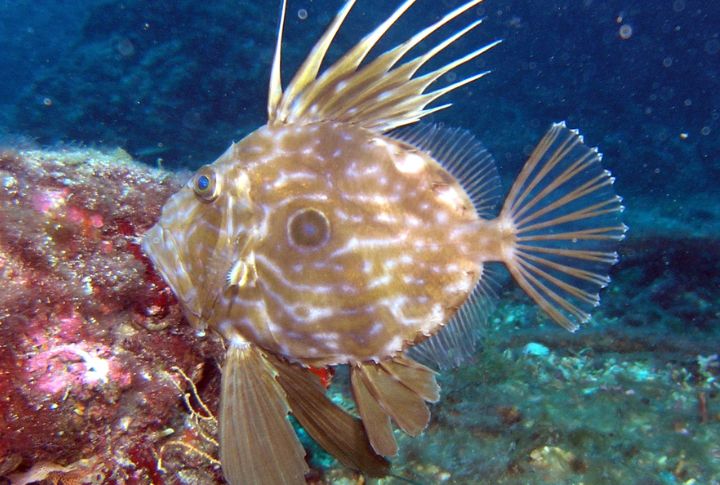
Ready for a fish challenge that pays off? Cooking unique varieties can feel like solving a tasty puzzle. Each fillet hides its own quirks with tough skins or delicate textures, demanding a steady hand. Simple techniques evolve into truly memorable meals when finesse plays out. Then you’ll taste flavors ranging from sweet lobster-like notes to buttery richness. Let’s explore the skills and rewards this article has to offer.
Monkfish
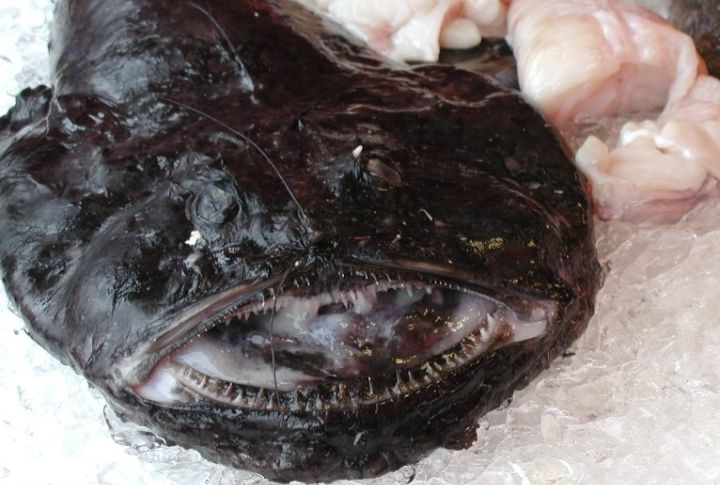
The rigor of cooking monkfish requires precise timing, as its firm tail meat can quickly turn rubbery under intense heat. Mastering the balance rewards chefs with sweet, meaty flavors and a texture reminiscent of lobster, making every careful moment at the stove worthwhile.
John Dory
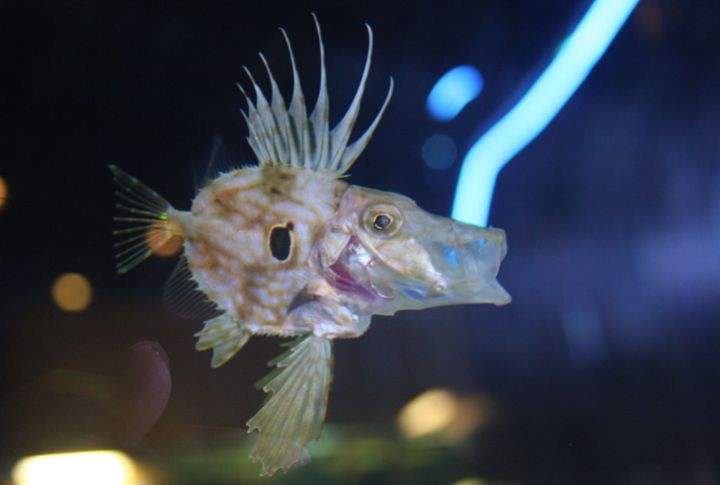
Precision is required for John Dory filleting, thanks to its spiky skeleton that hides delicate flesh. John Dory is often regarded as a prized fish in fine dining, and for good reason. A steady hand ensures intact fillets, while its buttery texture and subtle sweetness make it a standout addition to any seafood spread.
Opah
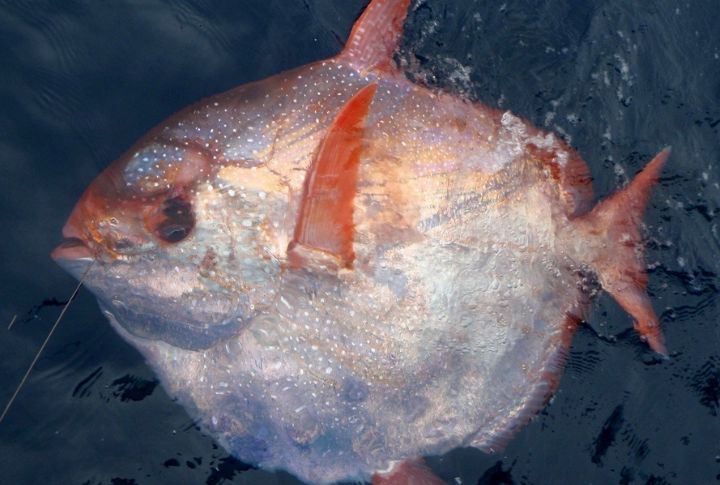
Opah’s thick flesh poses a challenge in achieving uniform doneness. Chefs often struggle with large fillets unless they use sous vide precision. But when prepared correctly, it delivers steak-like juiciness and a mild, sweet taste that has earned it a place on top seafood menus worldwide.
Skate Wing

Proper trimming is essential for the skate wing, as cartilage must be removed to maintain its tender, crab-like texture. Mishandling can lead to uneven cooking, but when executed well, this classic French dish remains a standout on bistro menus and a delight for seafood lovers.
Wahoo
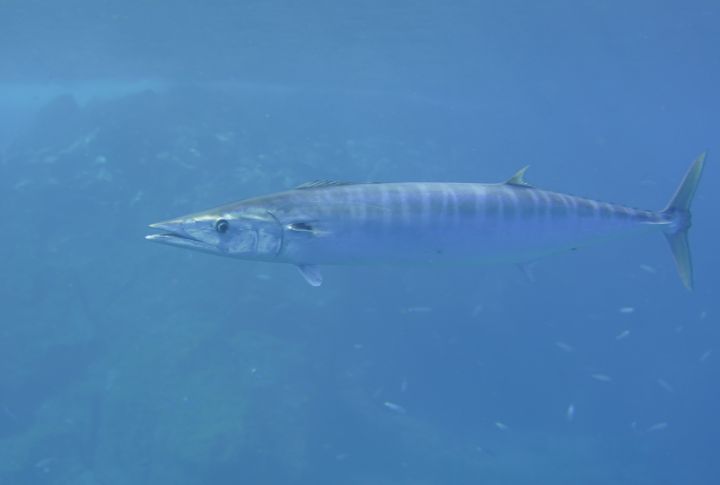
Wahoo’s translucent medallions are prone to drying out if heat control isn’t mastered. Quick moisture loss frustrates inexperienced cooks. However, those who perfect the technique enjoy firm, flavorful fish with a mild sweetness—ideal for a seafood feast.
Turbot
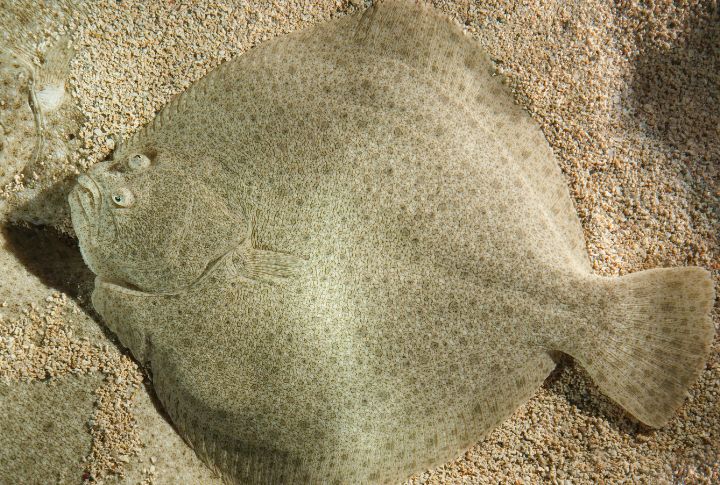
The flakiness of turbot tests precise handling, as its broad, delicate fillets can easily break apart. Careful flipping preserves its structure to ensure rich, buttery flakes that have long been revered in European fine dining. This royal-status fish deserves the attention it takes to perfect.
Mackerel
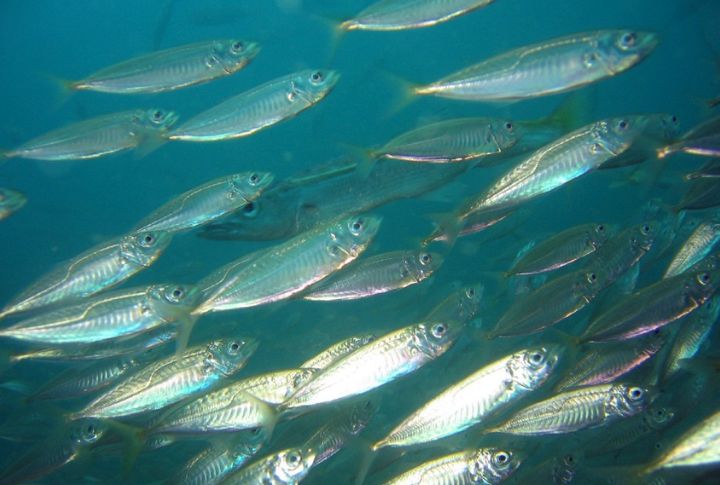
Mackerel prep hinges on removing pin bones hidden along the lateral line. And oily flesh challenges seasoning absorption, risking uneven flavor pockets. But when balanced correctly, it delivers bold, savory richness and half a day’s worth of DHA in a single serving.
Dover Sole

Paper-thin Dover sole fillets demand a gentle touch, as overhandling can lead to tearing. When cooked to perfection, it melts in the mouth. It pairs subtle briny sweetness with the mastery of plating techniques that define this elegant seafood staple.
Escolar
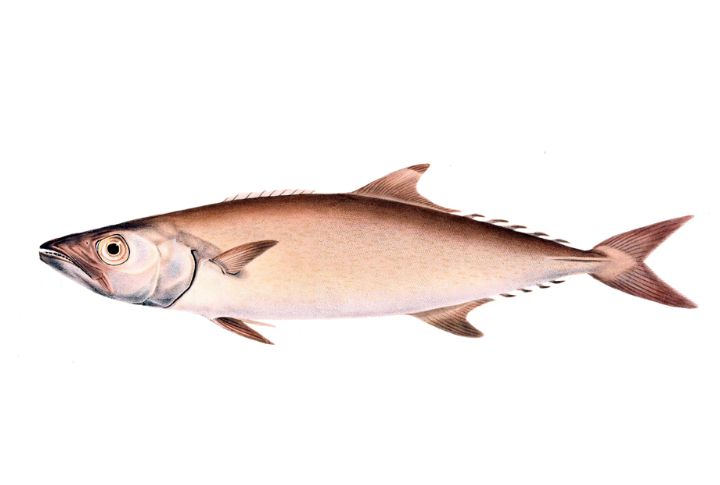
Deep skinning is necessary to remove the wax esters present in the escolar to prevent unwanted digestive effects. When properly prepared, it offers a luxurious, buttery texture and rich mouthfeel, earning its reputation as a prized delicacy in gourmet kitchens.
Sablefish
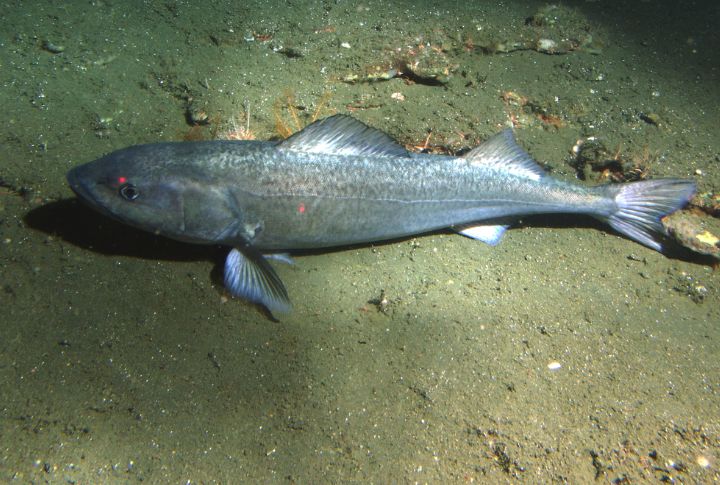
Sablefish delivers velvety flakes but poses a challenge due to its high oil content. Without proper technique, portions can turn greasy rather than balanced. When cooked correctly, however, its silky texture and deep flavor satisfy even the most discerning palates.
Leave a comment